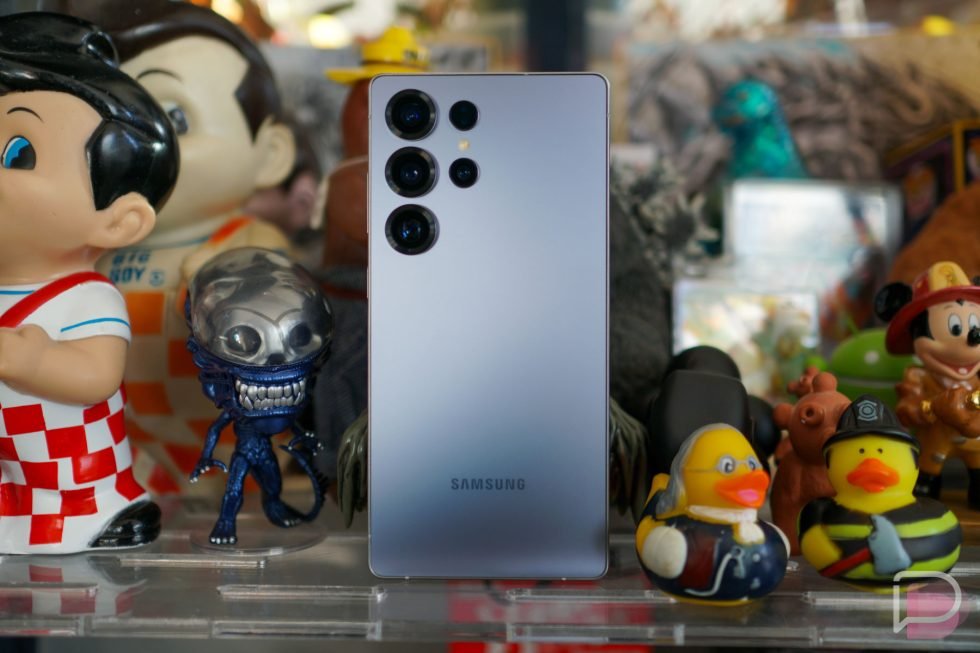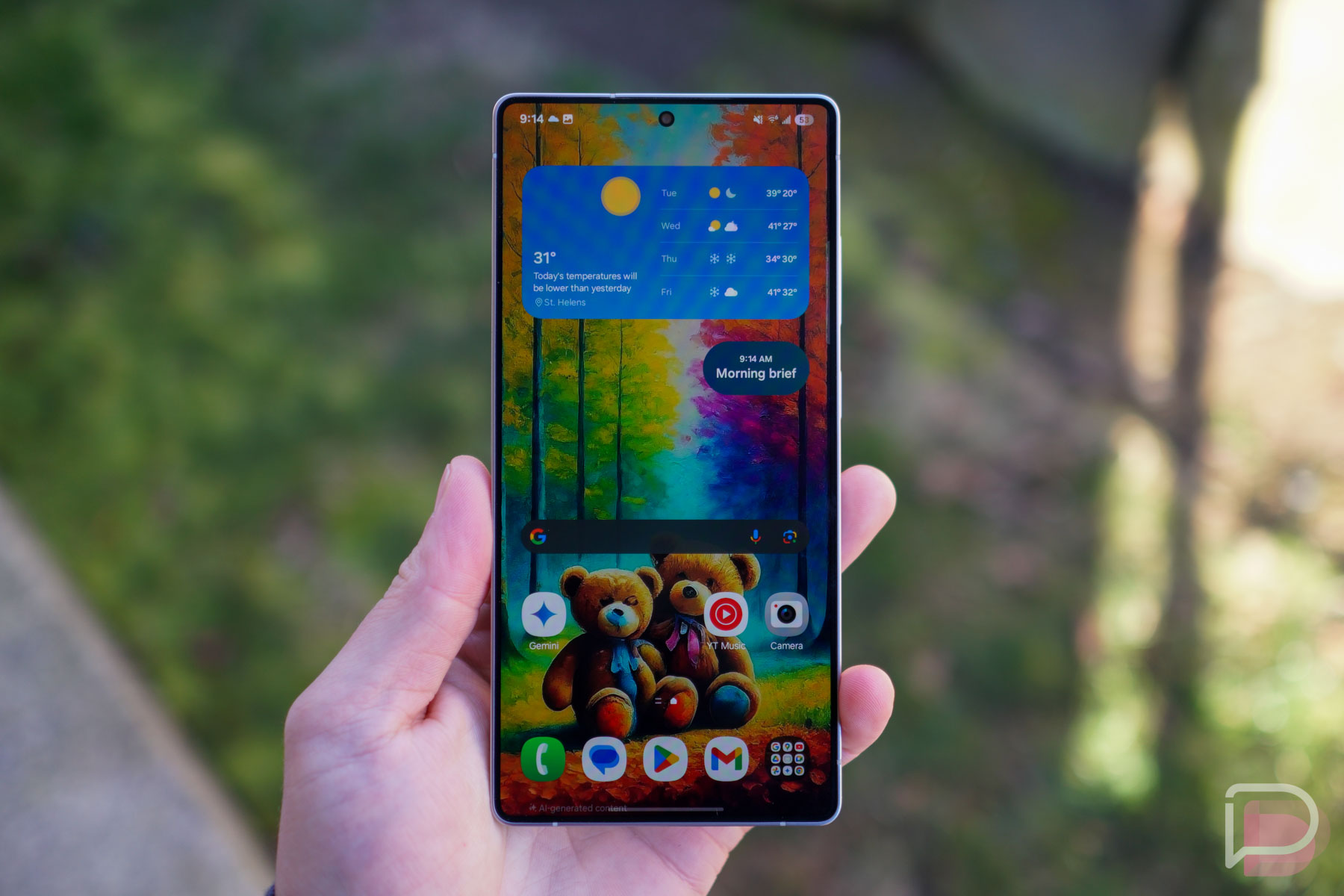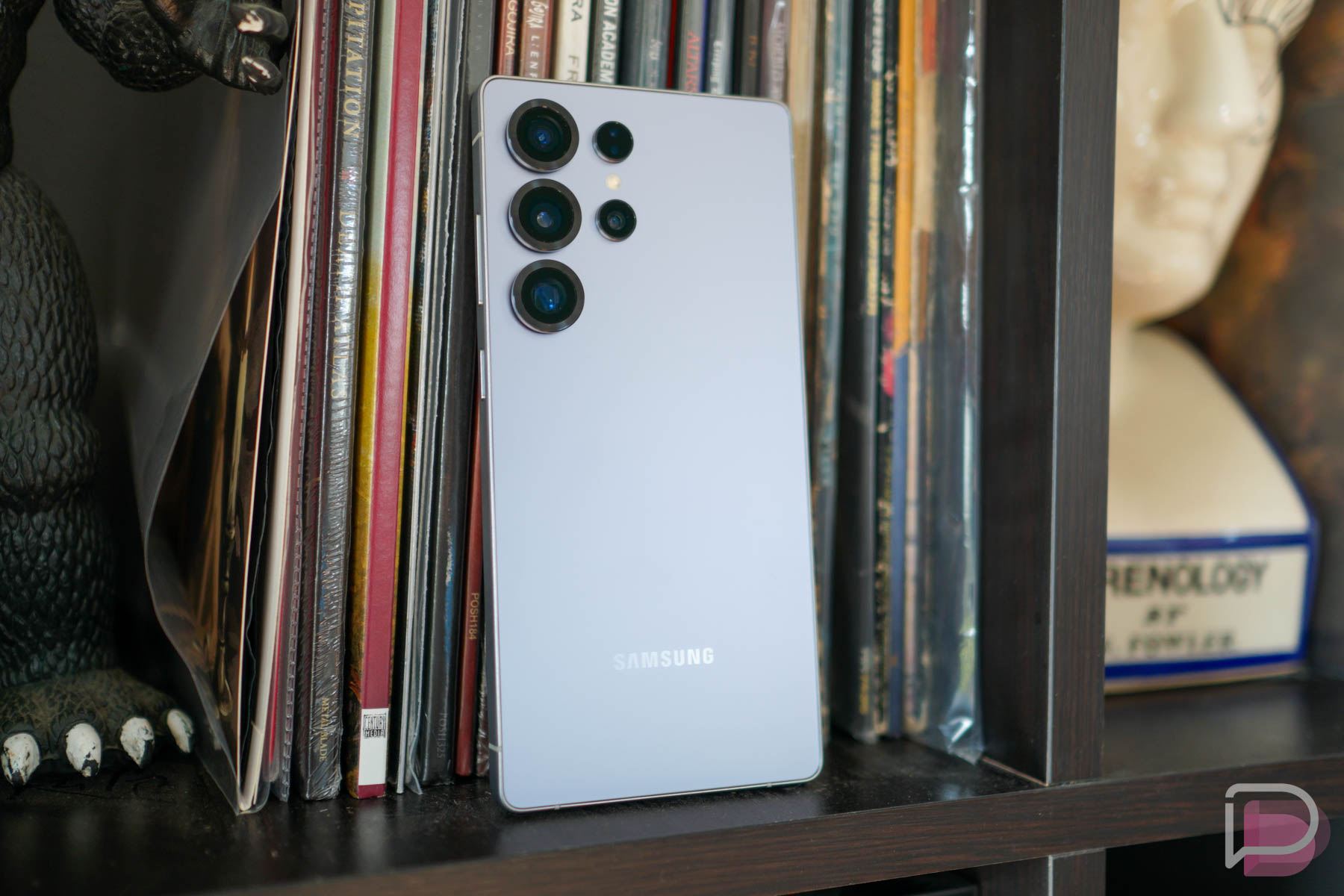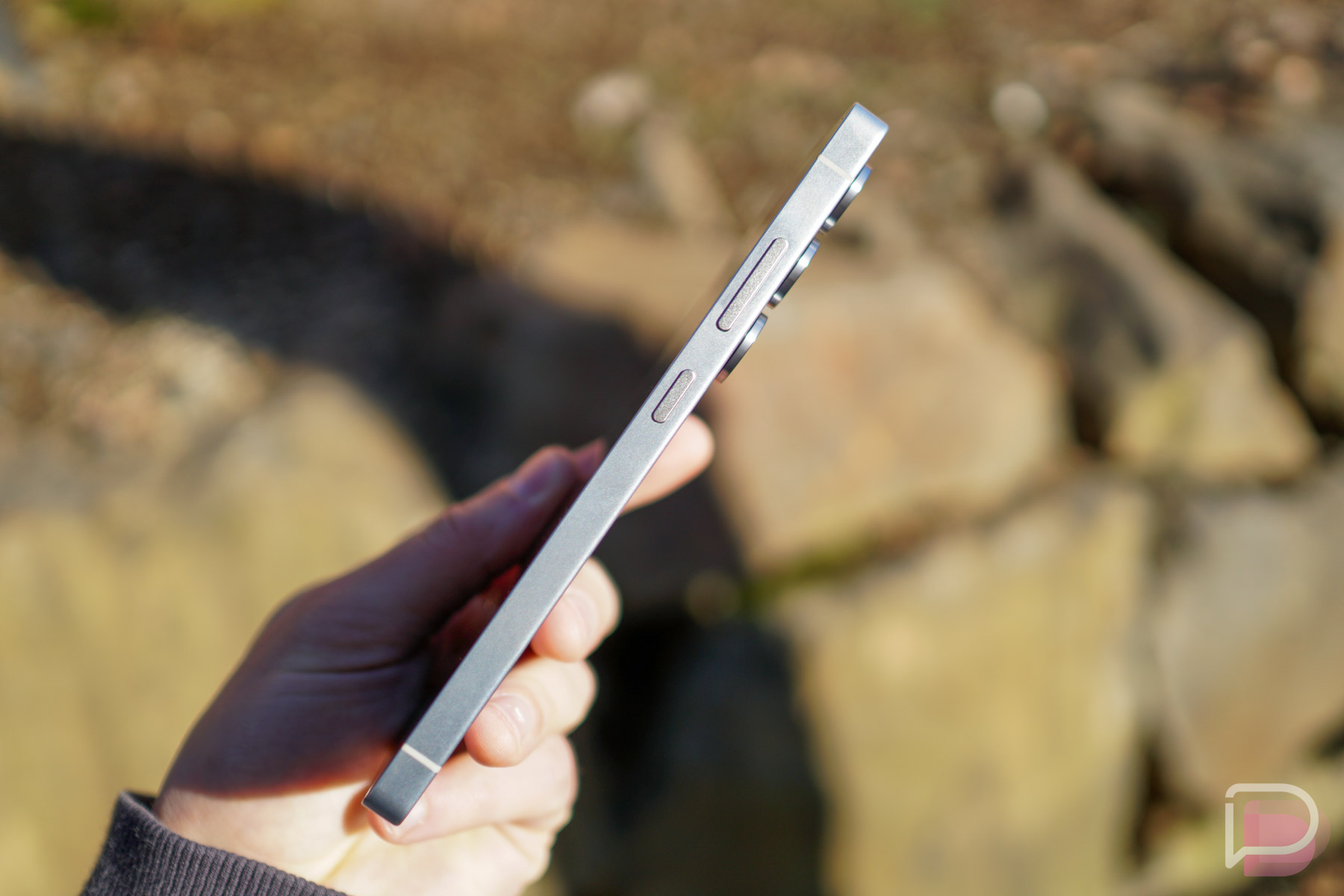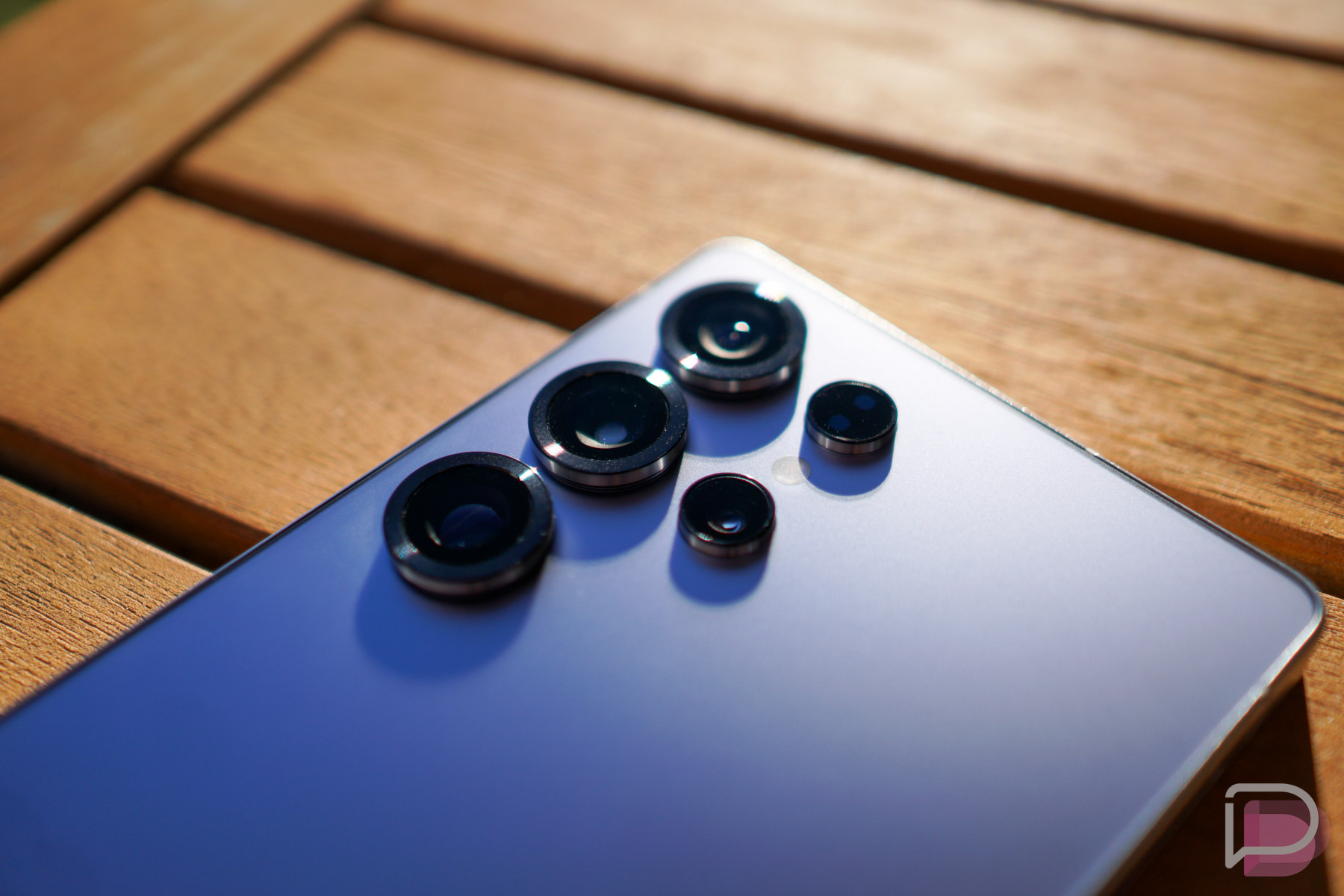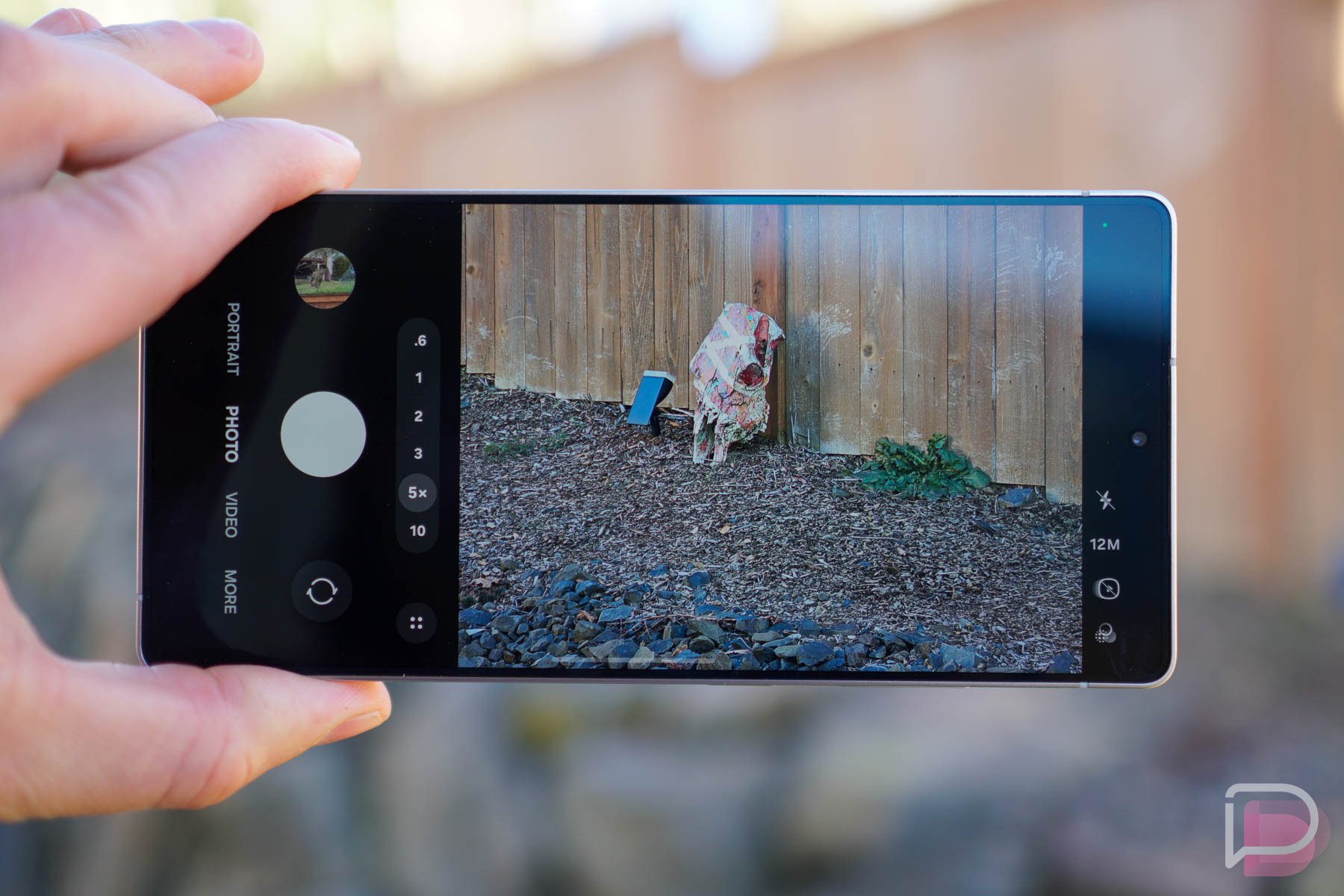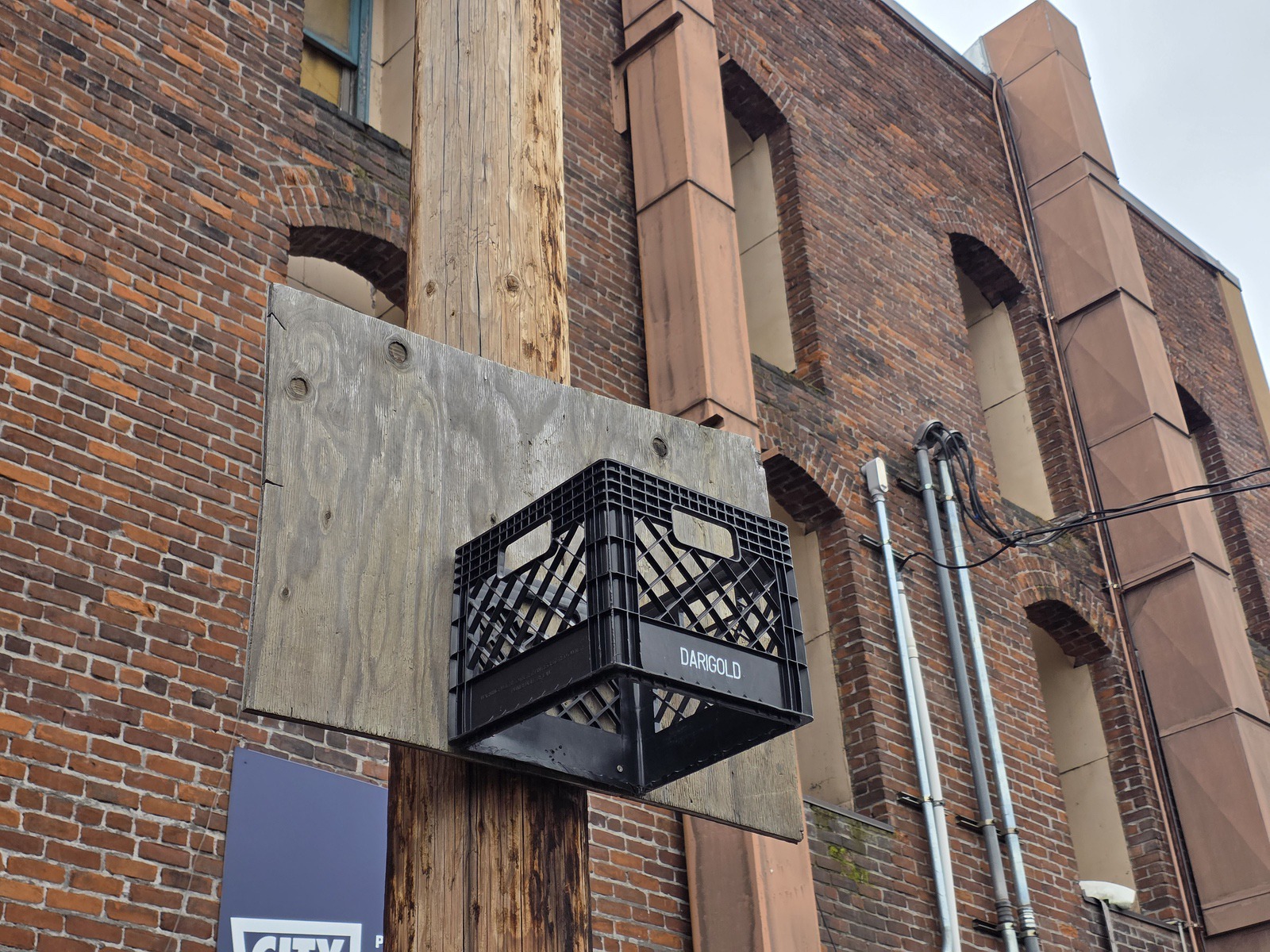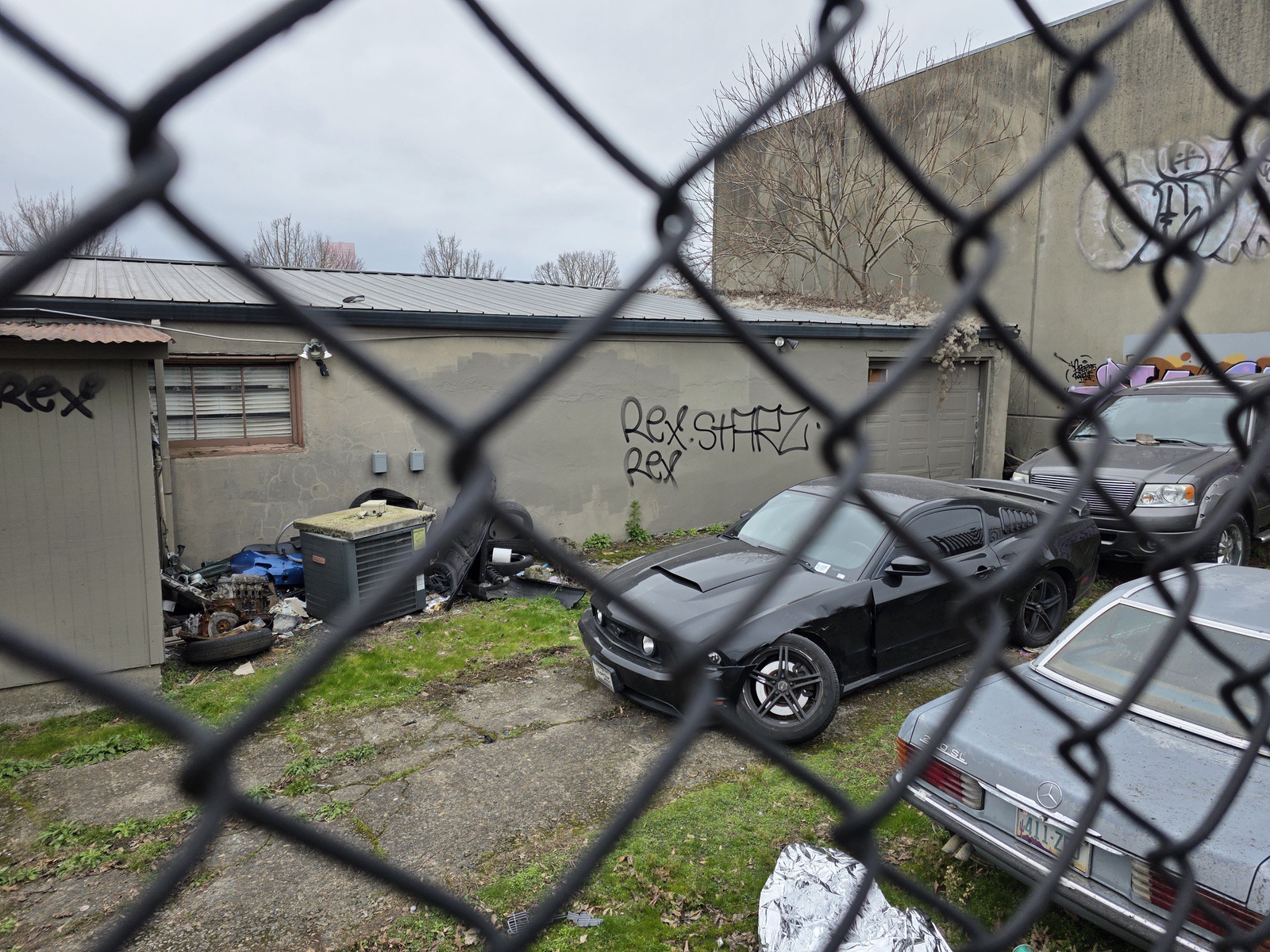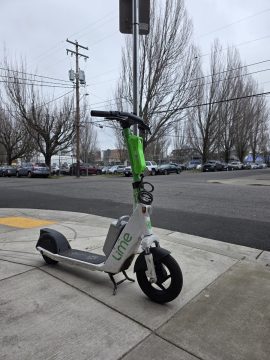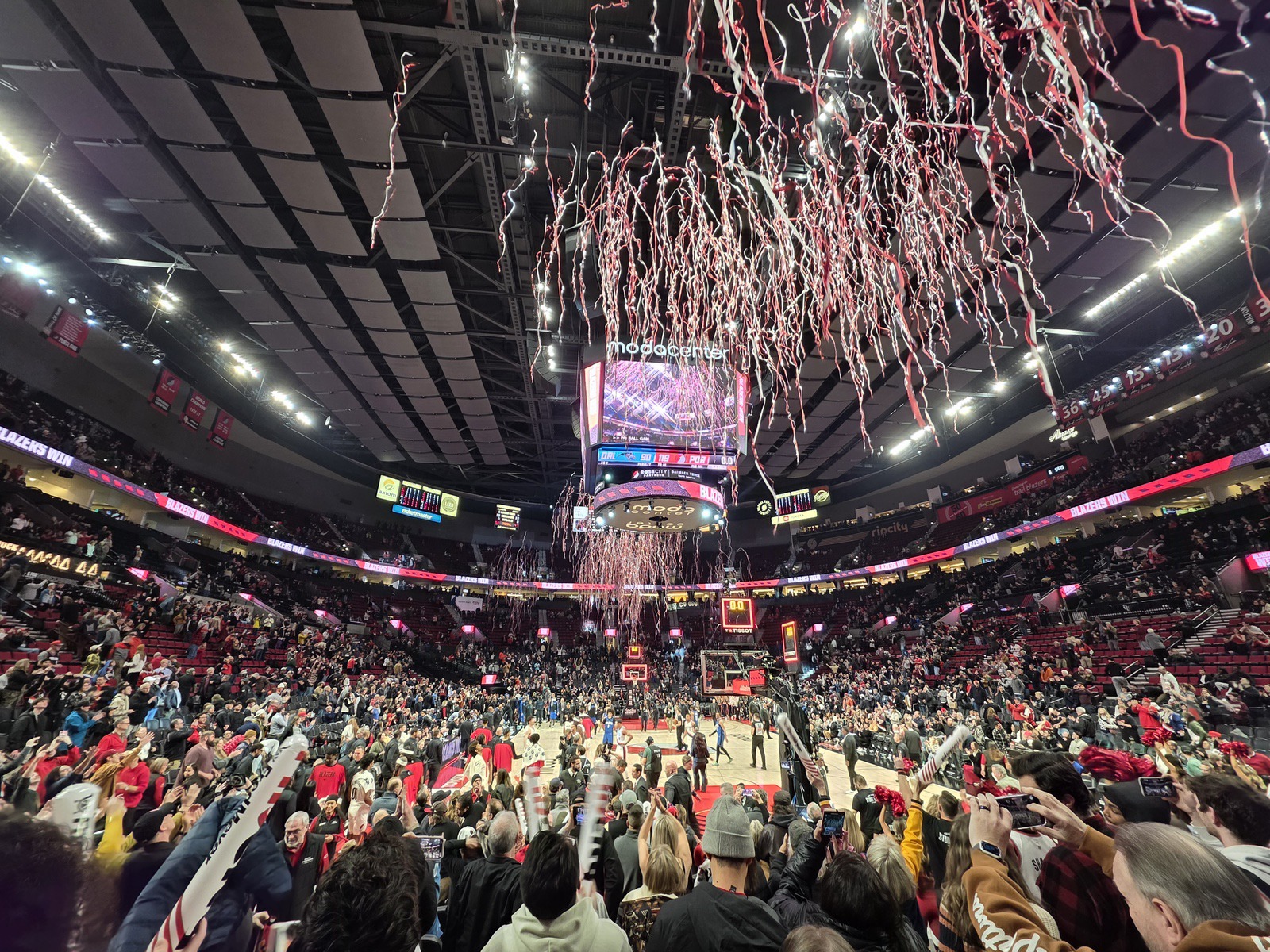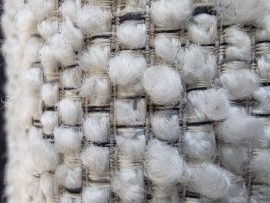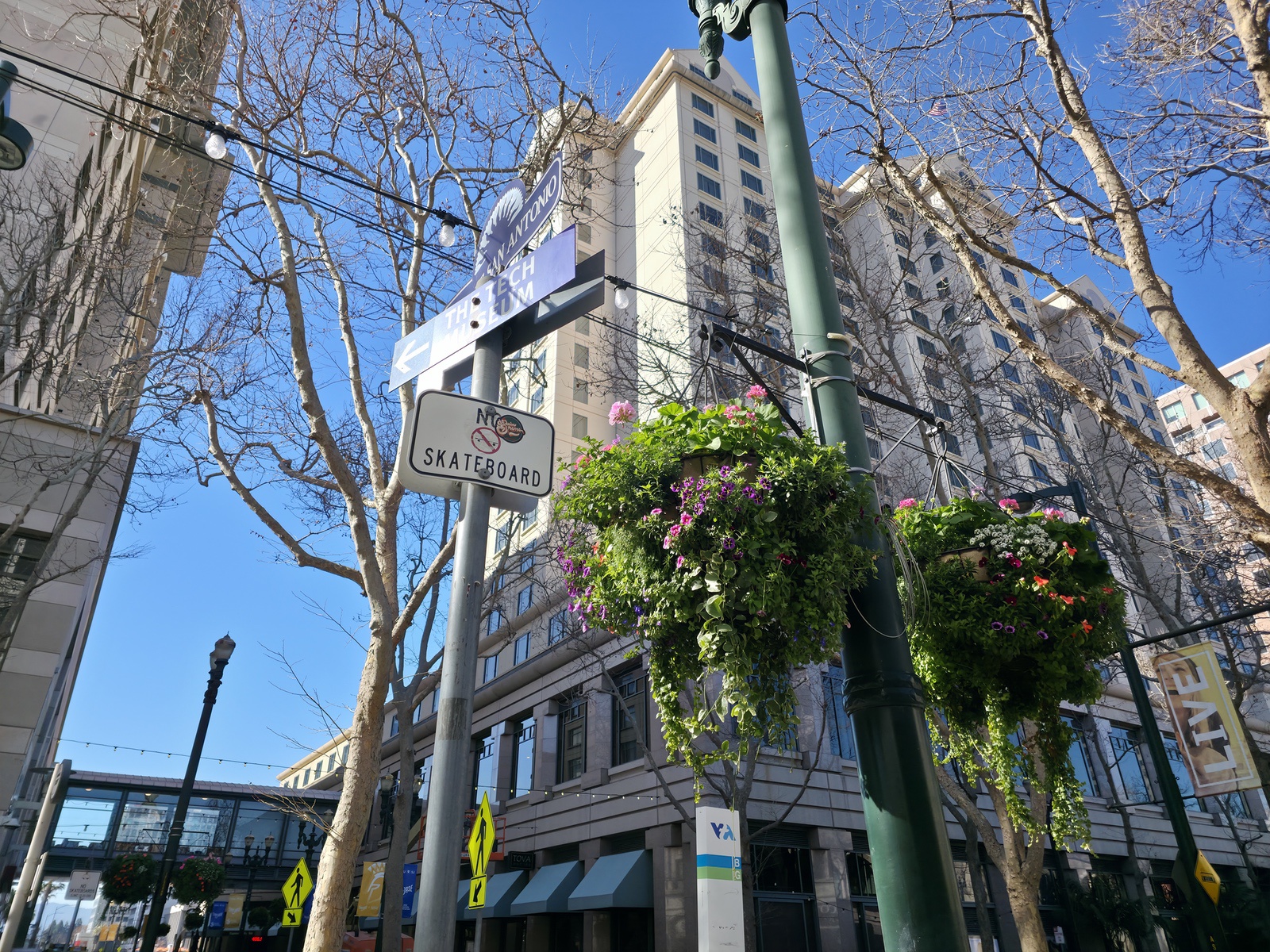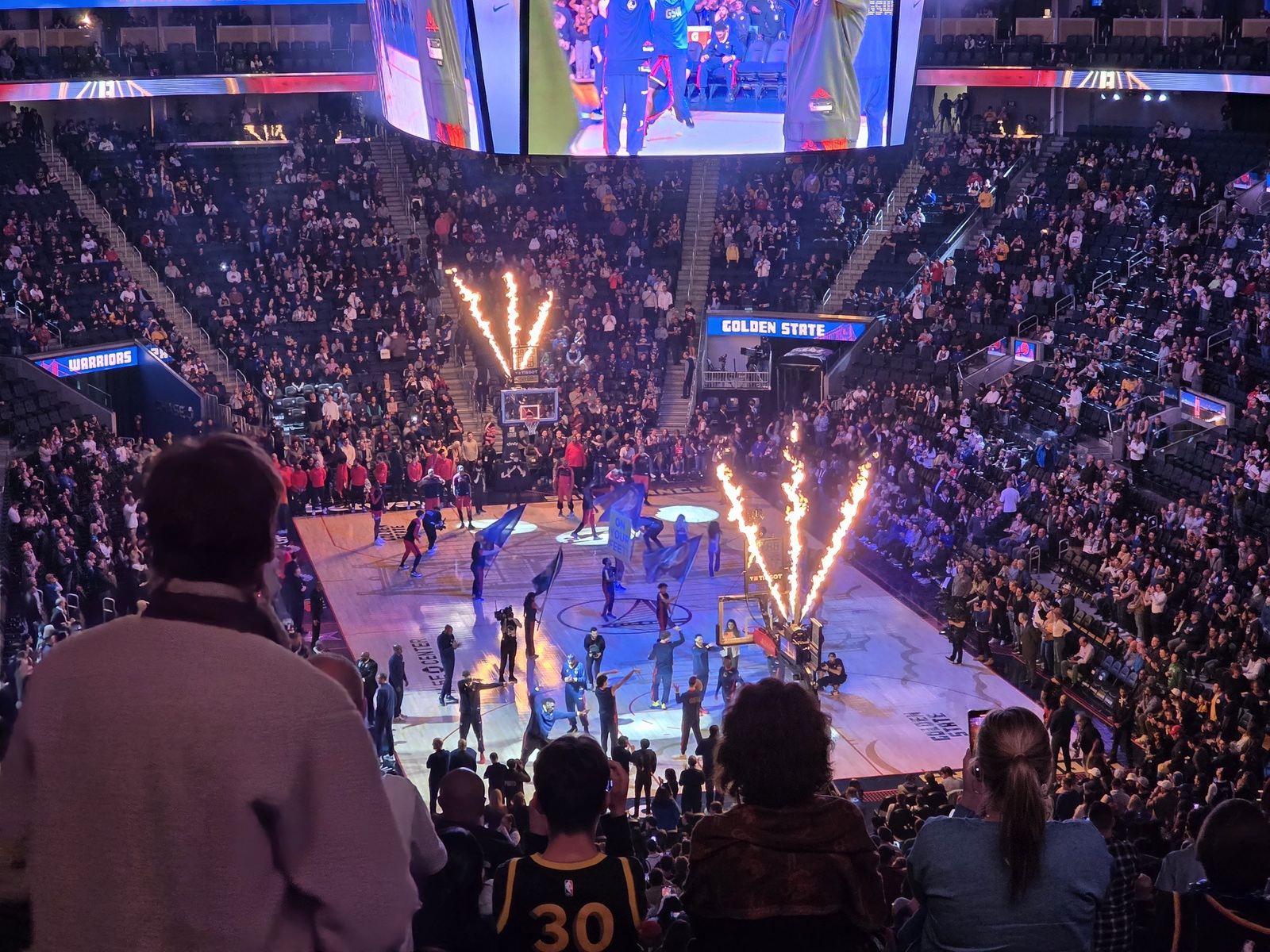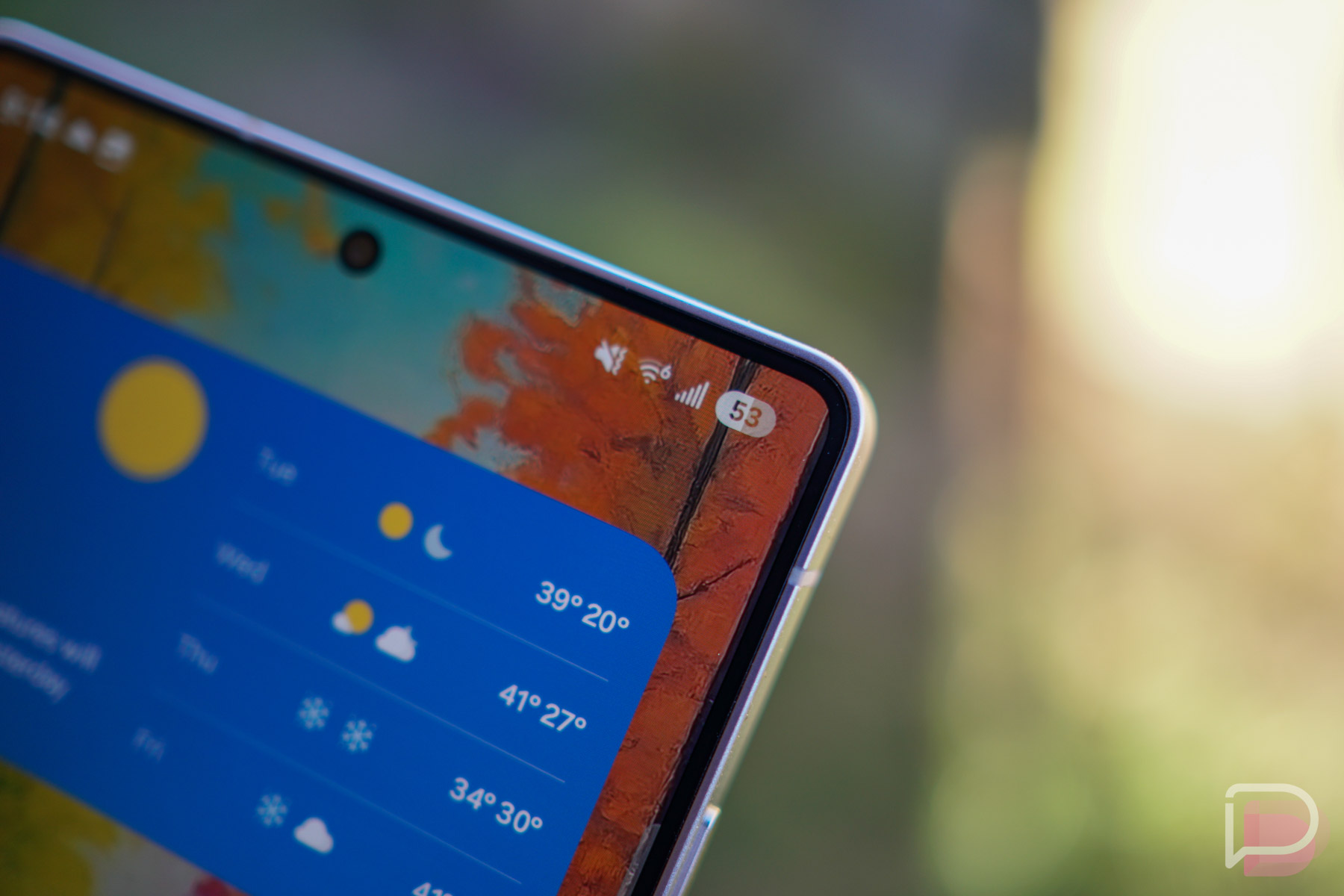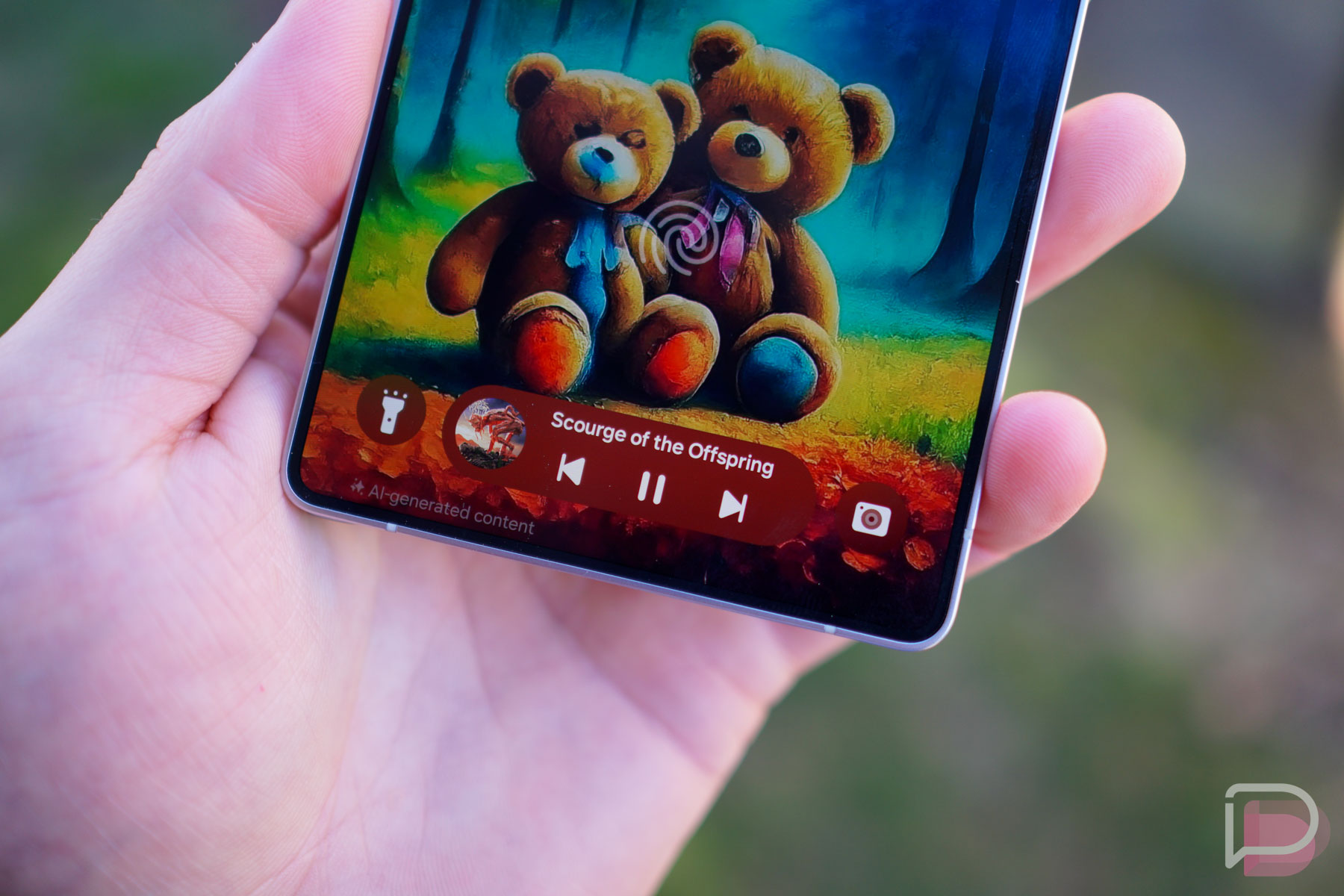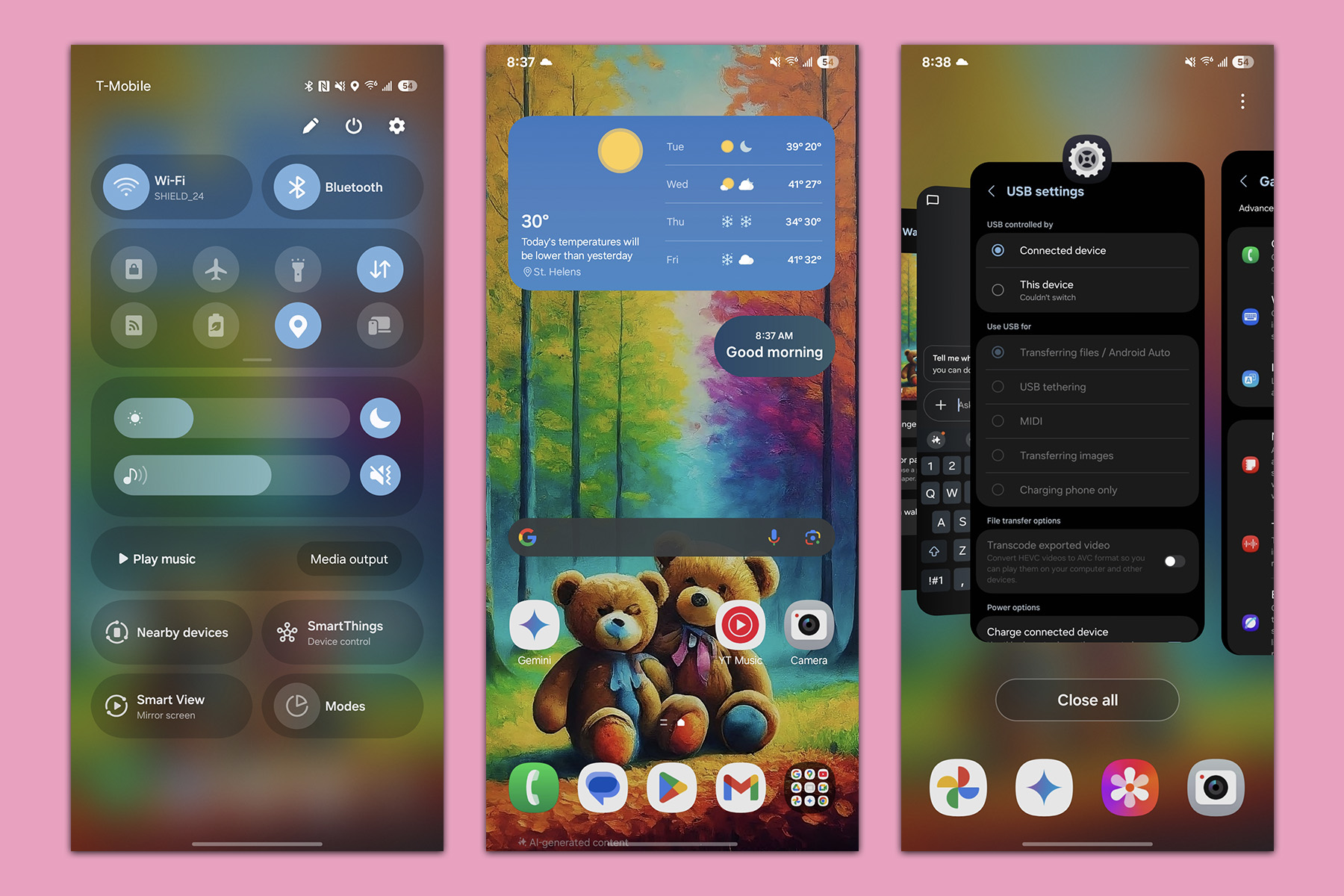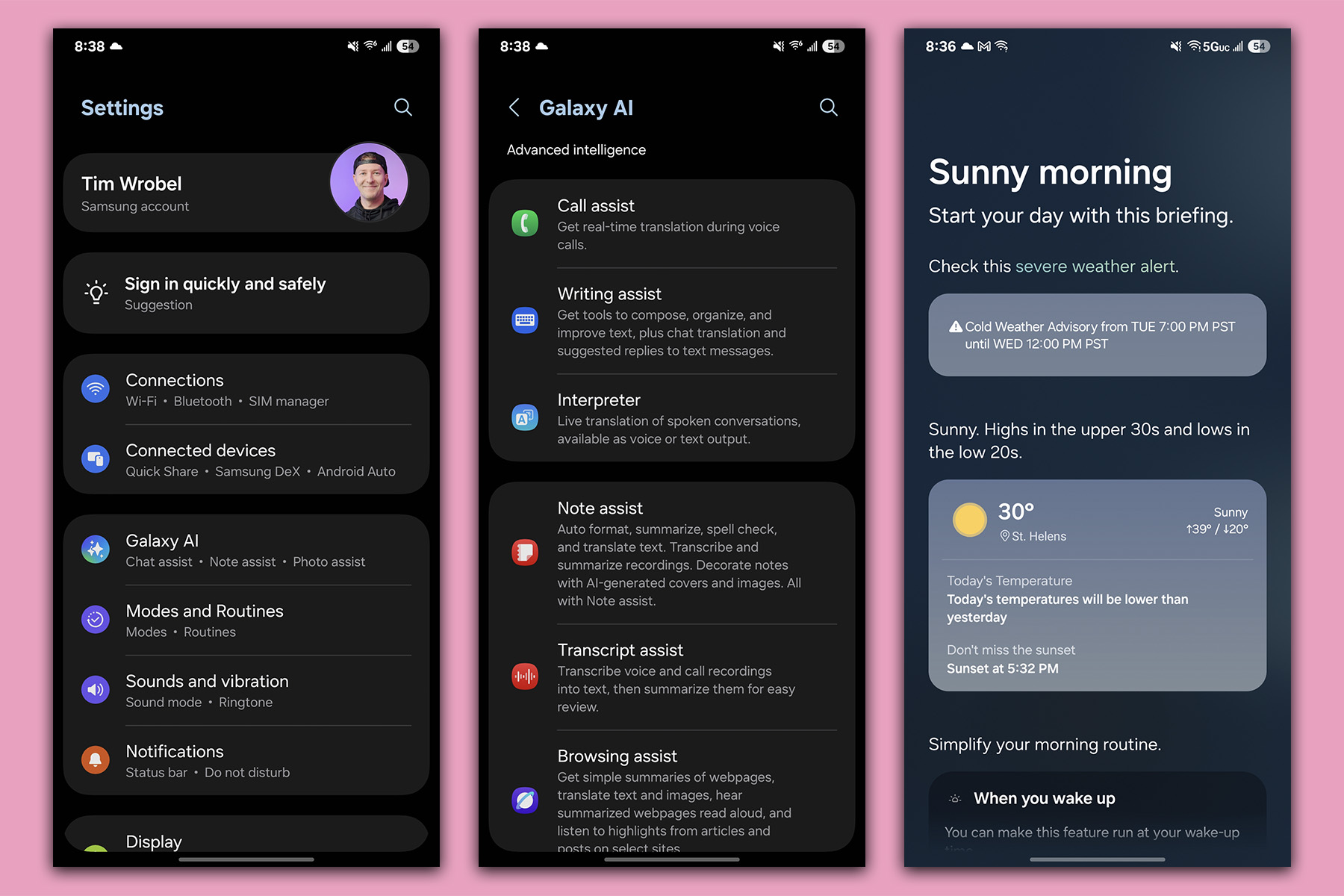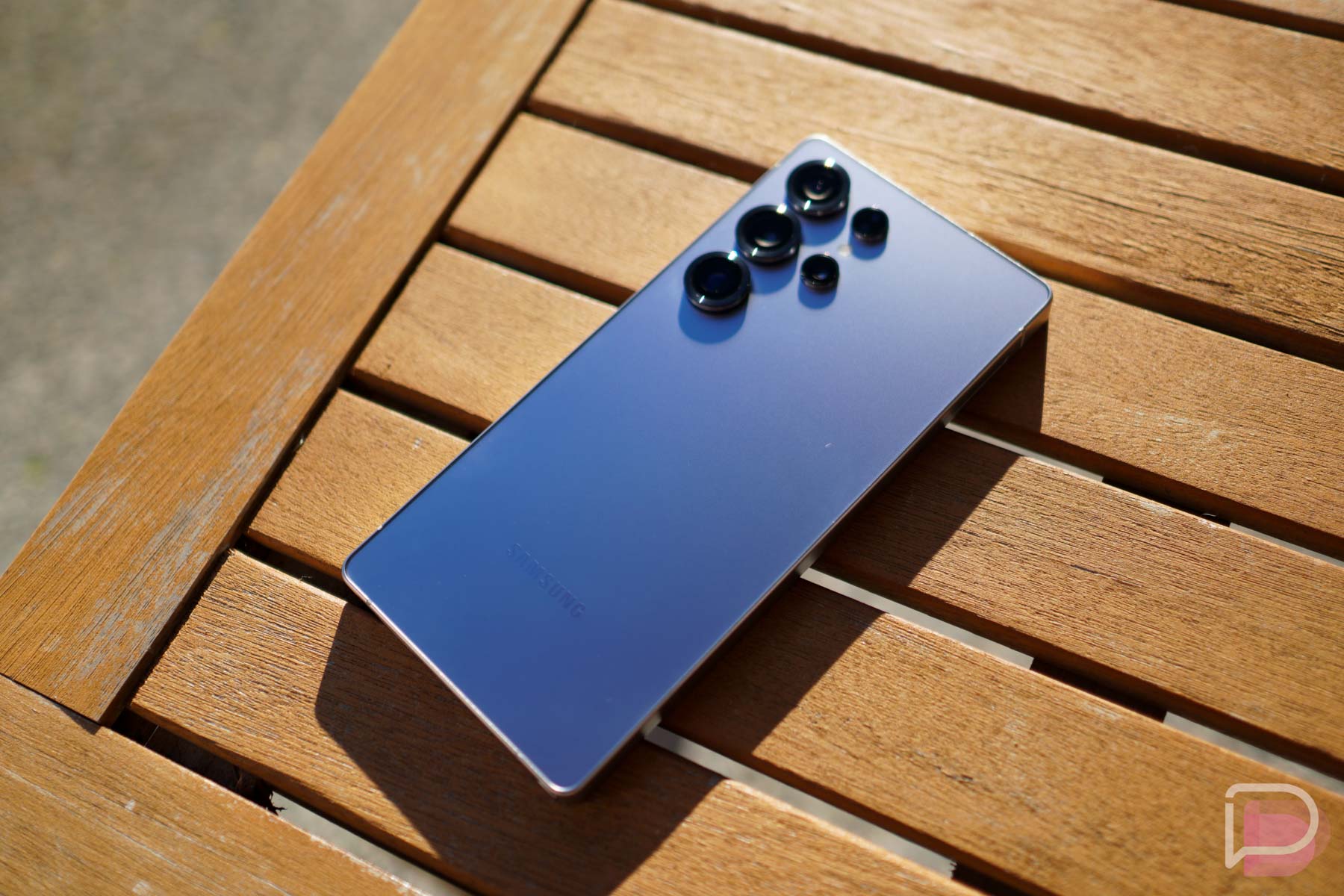Samsung has a fresh lineup of Galaxy S devices, appropriately named the Galaxy S25 lineup for the year 2025. When Samsung made that move to change the numbering to align with the year in 2020, I was a fan of that and continue to be. I’ve been using the Galaxy S25 Ultra for the past couple of weeks, trying to get back in the groove of letting AI do things for me and using an S Pen as much as I can remember to do so.
Galaxy S25 Ultra is Samsung’s top tier flagship device, with all of the specs, features, and future proofing one might need when spending over $1K on a smartphone. Because it’s been this way for years now, we aren’t seeing major changes in terms of hardware or specs, but instead slight upgrades here and there. For those who like to upgrade yearly, these releases may seem borderline boring, but for those who hold onto phones for 3-4 years, then you can expect big changes. So, is the S25 Ultra worth one of those upgrades? Let’s dive in.
This is our Galaxy S25 Ultra review.
What I’m Liking
Hardware: Samsung continues its refinement of the Galaxy S line with the S25 series, with the Galaxy S25 Ultra being some of the nicest hardware the company has produced. It’s a ridiculously good looking and feeling phone, though, there are minor things that grind my gears. While a part of me is really bummed that Samsung opted not to give us any truly inspiring colors for the S25 Ultra, saving those for the less expensive S25 and S25+ models, we still have a few good options like Titanium Jetblack and Silverblue. Samsung says the chosen colors were “inspired by nature,” which is something we’ve heard time and time again from these OEMs.
A couple of hardware changes users should note are the thinned bezels, with the S25 Ultra’s being the thinnest ever in the Galaxy S series. Additionally, this device offers Corning’s Gorilla Armor 2, the industry’s first scratch-resistant, anti-reflective glass ceramic cover material for mobile devices. In testing, this material survived drops of up to 2.2 meters on concrete-like surfaces. Alternative glass ceramic materials failed when dropped from one meter, so take that for what it’s worth.
The phone is also weirdly sharp on its sides. No, it’s not going to cut you, but if I took a sharpening stone to this this titanium exterior I think I could make a serious weapon. I’ve been using a Pitaka case on the device to ensure its safety and I assume most other buyers will do the same, so edge sharpness will likely go mostly unnoticed by buyers. On a more positive note, in-hand weight and balance feels amazing. The device weighs in at 218g, while last year’s model was heavier at 233g. And yes, it’s very noticeable.
Specs and Performance: In typical Ultra fashion, this device has the spec sheet people will want. Highlights for the S25 Ultra include a massive 6.9″ QHD+ Dynamic AMOLED (3120×1440, 120Hz) display, Snapdragon 8 Elite chipset, 12GB RAM, 256GB base storage, 5,000mAh battery (45W wired charging, Qi2 compatible), quad rear camera system (will discuss in depth below), WiFi 7, 5G UWB, IP68 rating, ultrasonic fingerprint reader, and facial recognition. One piece not usually shared in a general spec sheet is the newly improved (and 40% enlarged) vapor chamber on the interior, delivering big thermal efficiency improvements.
It’s fitting to discuss performance now. This phone absolutely flies. It’s very similar to the OnePlus experience, where animations and transitions throughout apps seem almost instantaneous. It’s fast and has stayed fast throughout my testing. I don’t do much mobile gaming these days, but when I have, everything has been flawless.
Display: Big, bright, and gorgeous. Samsung maintains display supremacy, with the S25 Ultra’s QHD+ Dynamic AMOLED panel delivering crisp details and beyond sufficient color and brightness with an extremely thin bezel. There was a time when I would consider Samsung’s display a little overly saturated, but not anymore. Users still have the ability to dive into the display’s settings and adjust RGB values and “Vividness,” but it’s unnecessary. Out of the box, the only setting I needed to adjust was Dark Mode. Once enabled, I haven’t been in the menu since.
Also inside the display’s settings menu is the Edge panel (something I usually disable), as well as your screen resolution. Out of the box, Samsung has resolution set at FHD+, but users can opt for HD+, FHD+, or QHD+. With QHD+, while you get the sharpest visuals, you’ll also use more battery.
Back to the Edge panel, Samsung has made it a place for users to quickly access things like AI Select, Now Brief, and Interpreter. Again, this is something I usually disable because it’s somewhat redundant given that all of these things can be accessed from either the system toggles pulldown or a mixture of widgets and shortcuts. To each their own, but as someone who appreciates a more decluttered home screen experience, it had to go.
Camera: We have four cameras on the Galaxy S25 Ultra’s backside: 50MP Ultra-Wide (F1.9, FOV 120˚), 200MP Wide (OIS F1.7, FOV 85˚), 50MP Telephoto (5x Optical Zoom, OIS F3.4, FOV 22˚), and a 10MP Telephoto (3x Optical Zoom, OIS F2.4, FOV 36˚). The 50MP ultra-wide is the only major sensor change from last year, upgraded from a 12MP. Any other improvements you’ll find are essentially on the software side.
Samsung highlights Nightography for the entire S25 series, thanks to the upgraded onboard chipset that features a Spatio-Temporal Filter. According to Samsung, “This accurately differentiates moving and static objects to improve noise reduction in low light.” In simple terms, it’s focused solely on enhanced noise reduction when shooting in low light environments, which we’ve always welcomed. The issue we’ve had is, Samsung’s shutter speeds continue to be very slow when not using a Pro mode, making the shooting of moving objects or overly bright objects suboptimal. For example, a lot of moving subjects will look blurry or shots will easily appear overexposed.
I have to assume this could be fixed with a software update, but it’s been this way for at least a couple of years now. Again, it’s tweakable if you want to go into the Pro mode and adjust your shutter speed manually, but that’s not how the majority of people use their camera. They want to open the app, point, and click. One example is above, with a cheerleader falling. It would have been really cool to get a less blurry look at her while falling in the air. If Samsung could train the camera to maybe identify that there is a moving object in the camera and then speed up the shutter speed to better capture it, now that would be a selling point. As is, this phone is very good at taking pictures of static subjects.
One new feature is Samsung Log for content creators and professionals. With Log, users can utilize False Color and Zebra Pattern for advanced control over exposure, as well as advanced color grading options typically found in professional editing tools. It’s a relatively high-end feature, nice to see making its way to mobile devices. Another new thing to play with is Virtual Aperture, which allows for precise depth-of-field controls, “enabling both stunning portraits with bokeh and pin-sharp landscapes.”
There is no doubt, the camera system on this phone is wildly impressive and capable of much, but it’s important to note that it’s not perfect. Below I’ve got camera samples, resized for upload to this site.
S Pen: Every time I use a Galaxy Ultra device, I have to remind myself to pull the S Pen out and use it. The experience for the S Pen hasn’t changed in a while, and beyond jotting down notes from time to time, I don’t find myself using it very often. I think my finger is the best S Pen experience. However, it is a fine accessory to have with such a large device, especially when Samsung designs features catered specifically to it. There’s Drawing Assist on the device, which is great to use with the S Pen. You can draw a crude sketch of something, such as a dog (as seen below), then use AI to create an image. It’s fun to use and surprisingly good. I’d like to see someone beat my cute little feller.
Samsung did somewhat quietly remove features, with the big one being Bluetooth. This means owners can no longer take remote selfies and also lose certain navigation controls. This could have been a cost saving measure or they did the research and found that maybe only 1 in 100 owners were using it. It’s not something I noticed because it’s not a feature I ever use, but we have seen a few people upset about it. Use it or lose it, people.
Mixed Feelings
Battery: Considering we don’t have a larger battery in the S25 Ultra compared to the S24 Ultra, I wasn’t expecting much of a difference in battery life. And yeah, I didn’t get one. The battery is fine, but the first week with new phones can always be a little odd as it learns your usage. As my time has continued with it, it’s been perfectly acceptable, though, we always wish these big phones could last forever (or at least a couple of days).
My typical days at this point in life are from 6-7am to 10-11pm on weekdays. When hitting the hay, I’ve been going to bed with 20% or lower on the S25 Ultra, always with 4+ hours of screen on time. As some of you may note, there’s nothing amazing with those numbers, it’s very par for the course from my overall Android phone experience. Unlike the OnePlus 13R that I recently used, which had insane battery life, I’m not getting from the S25 Ultra. It was my thought that the Snapdragon 8 Elite chipset inside this phone was less power hungry that previous models, but still, I haven’t quite seen any real difference in my usage.
We’ve heard reports now that Samsung will look to utilize carbon silicon batteries possibly in the Galaxy S26 series, allowing for greater capacities and faster charging speeds. All of that will be welcomed, so long as it’s done safely. Currently on the S25 Ultra, we’re limited to 45W wired charging, which is plenty fast, but there are companies out there providing 100W charging speeds on some devices. Considering people pay over $1K for these phones, it would be nice to have that, too.
Software and Galaxy AI: One UI 7 on top of Android 15 shipped with this device. I like the look and feel of One UI 7, with its snappy animations and tweaked appearance for the system toggles, but Samsung made it very clear that it’s all about Galaxy AI on this device. Whether it’s your Now Bar that’s accessed via the lock screen (or a widget) or the improved Circle to Search feature from Google, there is so much AI on this thing.
I’ve waited a while for AI tools to actually help me, and honestly, this is the first time where I find myself using AI an absolute ton. For example, it’s been helping me write and summarize emails, as well as respond to texts. Generating images is fine and cool, but when it’s nicely incorporated into apps like Gmail and Messages, it’s so much easier to use and more natural feeling. I’m fine with Samsung adding in a billion different wants to utilize AI and seeing what sticks, but for me, just make it do the basics very well and I’ll be happy. Which this phone does.
Going back to Now Brief (and Now Bar), I love the idea, but it’s been pretty pointless for me. Maybe it’s because I don’t have 10 meetings a day or something, but it delivers nothing that I need. For weather, I open Google or use the Weather widget. And because I can’t tweak the news I see in Now Brief, I was tired of seeing stories I care zero about. On a more positive note, I really like having certain things shown on my lock screen via Now Bar, such as sports scores and music controls. Having them at the very bottom of this large device is sometimes awkward to get to, but I do like having it. Ultimately, I think Now Brief needs to deliver more than just weather, calendar overview, and a single news story that the user may not care about.
A software addition I haven’t yet needed but can appreciate is the ability to use more natural language when searching for pictures inside of Samsung’s Gallery app, as well as Gemini getting injected into Google Photos. You can ask for “beach sunset” and have the phone return photos of exactly that. Or you can ask specifically for photos from a trip you recently took. It’s so much easier than having to scroll through an endless reel of photos.
Speaking to the phone in general has improved, which is great from an accessibility standpoint. For example, from within the Settings menu, you can hit the search function and a voice prompt will appear. You can then search for any setting, such as “make the text more visible” or things like that. With this, there should be no more fumbling through settings menus trying to find some odd setting.
Overall, I think One UI 7 and all of this AI is a step in a positive direction. It can feel like overkill, but it can also be extremely useful in some circumstances. When it works, it works great. But a lot of times, it can feel like unnecessary AI fluff.
Pricing
Samsung has the Galaxy S25 Ultra priced at $1299, which is awesome when you consider that was the price of last year’s S24 Ultra. Across the board, none of the S25 models changed in price, they all stayed the same. That’s good work from Samsung, especially when we consider that there have been upgrades to each device, such as the base RAM for each model is now 12GB, plus new components like the Snapdragon 8 Elite and improved ultra wide lens specifically on this device.
I have to assume that there will be a tipping point, maybe sometime in the near future, when these high-end phones are simply unaffordable for people. Thanks to financing options and maybe also thanks to Samsung’s generous trade-in program, it appears we aren’t there yet, but how sustainable is this model? It’s something to ponder.
Buy Galaxy S25 Ultra
Final Thoughts
For Samsung buyers, there is no better option on the market. The Galaxy S25 Ultra is the pinnacle of the Samsung experience, which arguably makes it the majority experience among Android users. While I would opt for Google’s Pixel experience in most cases, we have to realize that Samsung sells a ton of phones and people love having the best of the best. And that best is the Galaxy Ultra series, which the S25 Ultra is ultimately a lovely addition to. The hardware is refined and beautiful (although it lacks any interesting color options), the cameras are versatile and able to capture lots of detail, and its software will continue to evolve for years.
The only two true gripes were the somewhat disappointing battery life (which I think can be tweaked as I continue to use the device) and the camera’s shooting speed. It was basically the same story last year for the S24 Ultra, so my little fingers are crossed that for 2026, we eliminate these issues entirely.
Read the original post: Galaxy S25 Ultra Review: Same Price, But Some Nice Upgrades
This articles is written by : Nermeen Nabil Khear Abdelmalak
All rights reserved to : USAGOLDMIES . www.usagoldmines.com
You can Enjoy surfing our website categories and read more content in many fields you may like .
Why USAGoldMines ?
USAGoldMines is a comprehensive website offering the latest in financial, crypto, and technical news. With specialized sections for each category, it provides readers with up-to-date market insights, investment trends, and technological advancements, making it a valuable resource for investors and enthusiasts in the fast-paced financial world.
